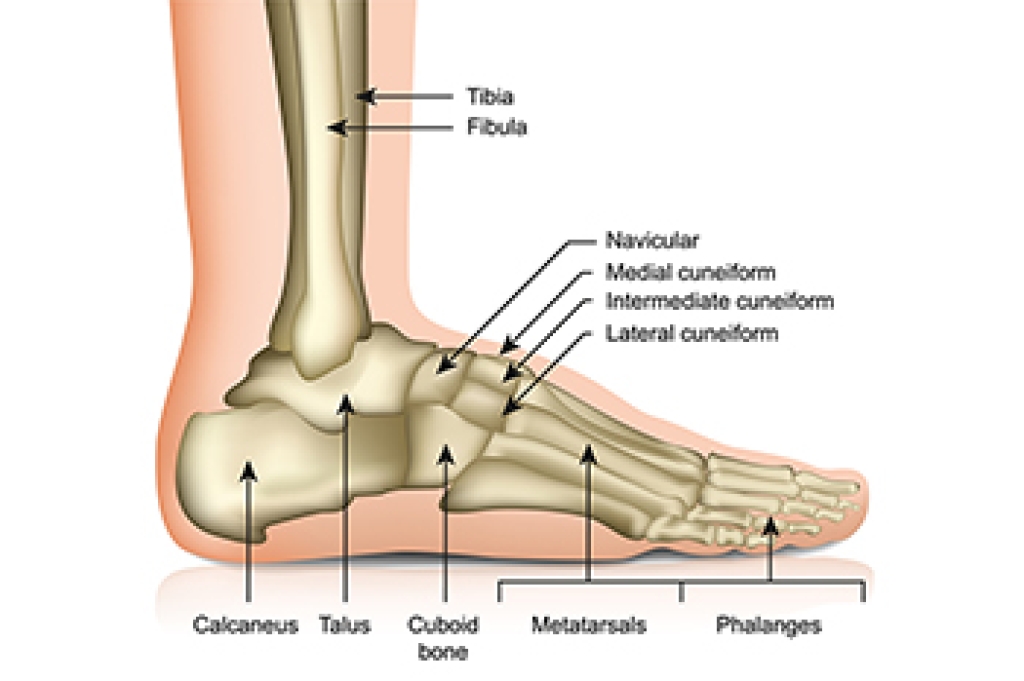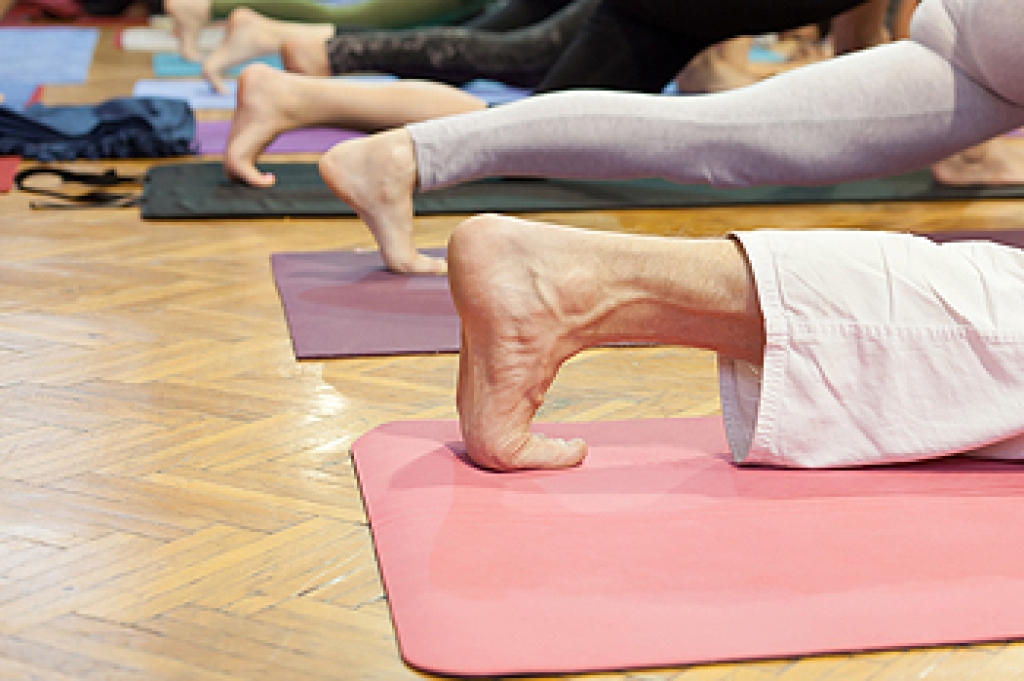
Diabetes can affect the feet by reducing circulation and damaging the nerves that help detect pain or pressure. This can make cuts, blisters, and ulcers more likely to develop without warning. When neuropathy interferes with sensation, the toes and ankles can become vulnerable to injuries that progress because they are not felt. Poor blood flow can slow healing which increases the risk of infection, raising concern for long-term tissue problems that can lead to limb loss, if not addressed. Skin changes, swelling, and altered foot shape can also occur when diabetes affects the small vessels and nerves. A podiatrist can assess circulation, check nerve response, monitor ulcers, and care for corns or calluses safely. If you are experiencing diabetic foot problems, it is suggested that you promptly schedule an appointment with a podiatrist who can guide treatment that protects the feet and reduces future risk.
Diabetic foot care is important in preventing foot ailments such as ulcers. If you are suffering from diabetes or have any other concerns about your feet, contact Dr. George Yarnell from Pennsylvania. Our doctor can provide the care you need to keep you pain-free and on your feet.
Diabetic Foot Care
Diabetes affects millions of people every year. The condition can damage blood vessels in many parts of the body, especially the feet. Because of this, taking care of your feet is essential if you have diabetes, and having a podiatrist help monitor your foot health is highly recommended.
The Importance of Caring for Your Feet
- Routinely inspect your feet for bruises or sores.
- Wear socks that fit your feet comfortably.
- Wear comfortable shoes that provide adequate support.
Patients with diabetes should have their doctor monitor their blood levels, as blood sugar levels play such a huge role in diabetic care. Monitoring these levels on a regular basis is highly advised.
It is always best to inform your healthcare professional of any concerns you may have regarding your feet, especially for diabetic patients. Early treatment and routine foot examinations are keys to maintaining proper health, especially because severe complications can arise if proper treatment is not applied.
If you have any questions, please feel free to contact our office located in Lansdowne, PA . We offer the newest diagnostic and treatment technologies for all your foot care needs.








